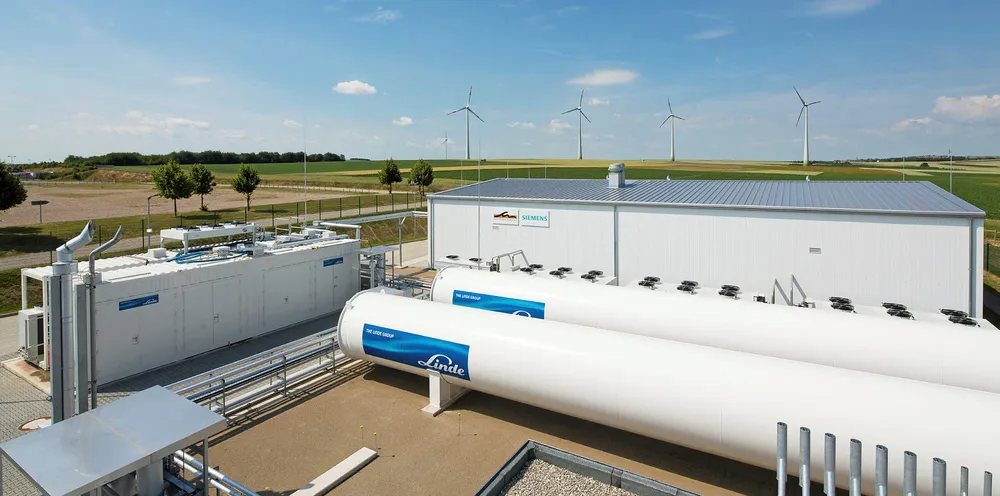Green hydrogen 'cheaper than unabated fossil-fuel H2 by 2030': Hydrogen Council
Clean hydrogen derived from renewable energy will be cost-competitive with highly polluting grey hydrogen within 5-10 years, says new report

Clean hydrogen derived from renewable energy will be cost-competitive with highly polluting grey hydrogen within 5-10 years, says new report
